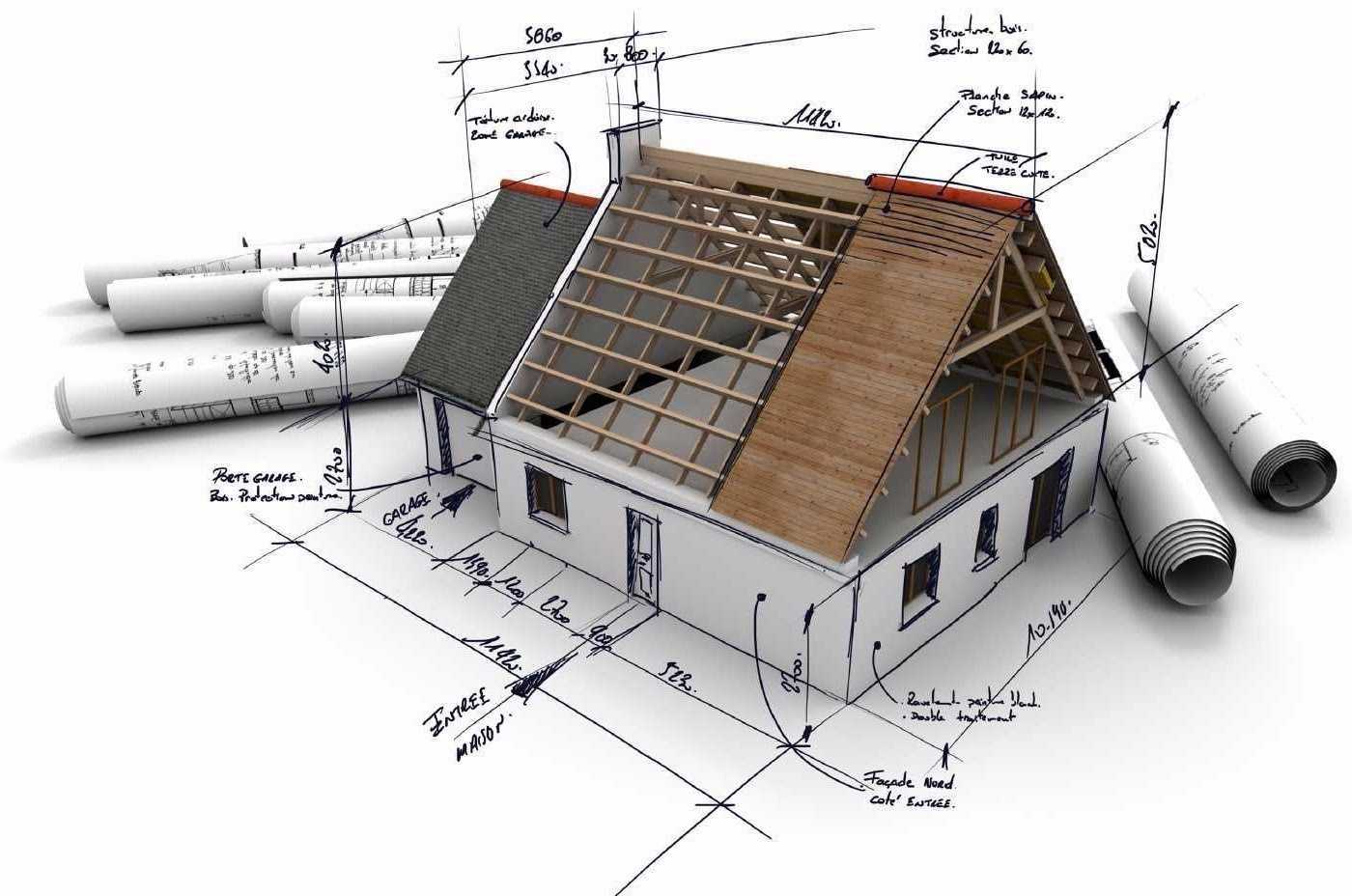
Hey there! So, let’s dive into something that might seem a bit out of the box—how building stories through literary knowledge influences the way we think about modern construction. I know, it sounds like a stretch at first, right? But stick with me. I’ve had some pretty eye-opening experiences that have made me see the connection between storytelling and building, and I think you might find it interesting too.
The Power of Narrative in Architecture

You know, I was once standing in front of this stunning library, and I couldn’t help but think about the stories that each brick and beam held. It hit me like a ton of bricks—architecture isn’t just about materials and engineering; it’s about the narrative in architecture. Every building has a story, whether it’s a cozy cottage or a towering skyscraper. They reflect the culture, the time period, and even the dreams of the people who inhabit them.
I remember my first construction project. I was so focused on the technical aspects—calculating load-bearing walls, choosing the right materials—that I forgot to think about the building stories behind the structure. It was a community center, and I realized later that I could have woven in elements that reflected the local culture and history. Instead, I just built a box. Lesson learned, right?
When we think about construction through the lens of literature, we start to see how narrative shapes our understanding of spaces. Just like a good book has characters and arcs, buildings have purposes and functions that can resonate with people. This connection can make a space feel alive.
Lessons from Literature: The Importance of Context
Let’s talk about context for a second. In literature, context is crucial. A character’s background, motivations, and environment shape their actions and decisions. Similarly, in inca construction, understanding the context of a project can make or break its success.
I’ve been involved in projects where the surrounding environment was completely ignored. One time, we designed a park that didn’t take into account the local flora and fauna. It was like putting a fish out of water. The community didn’t engage with it because it didn’t speak to their needs or desires.
This experience taught me that, just like a character needs a compelling backstory, a building needs to fit into its narrative. When we consider the history and culture of a place, we create spaces that resonate with the people who use them. So, I’ve made it a point to read up on local histories and stories before starting any project. It’s amazing how much richer a design becomes when you incorporate the essence of the community.
Building as a Collaborative Storytelling Process
One of the most valuable lessons I’ve learned in my journey is that building stories is a collaborative storytelling process. Just like writing a novel involves multiple drafts and feedback from beta readers, construction requires input from various stakeholders. This includes architects, engineers, clients, and even the community.
I remember working on a project where we invited community members to share their thoughts and ideas. At first, I was skeptical. I thought, “What do they know about construction?” But boy, was I wrong! Their insights were invaluable. They shared stories about their experiences in the neighborhood, what they loved, and what they wished could change.
Incorporating their feedback transformed the project. It wasn’t just a building anymore; it became a symbol of community pride. We designed a space that reflected their building stories and aspirations. It was a reminder that everyone has a role in shaping the narrative of a project, and listening to diverse voices can lead to something truly special.
The Role of Imagination in Design
Imagination is a powerful tool in both literature and construction. Writers create entire worlds with just words, while builders envision structures that will stand for generations. I’ve often found myself daydreaming about what a space could become—how it could evolve and adapt over time.
One of my favorite projects was a renovation of an old warehouse. Initially, it was just a shell, but I could see the potential. I imagined it transformed into a vibrant arts space. I drew inspiration from literary works that explored themes of rebirth and transformation. This vision guided the design process, and we ended up creating a space that not only preserved the building’s history but also breathed new life into it.
This taught me that imagination should be at the forefront of construction thinking. It’s about seeing beyond the physical structure and envisioning how it can serve the community, foster creativity, and tell a story.
Overcoming Challenges: The Plot Twist
Now, let’s talk about challenges—every good story has them, right? In construction, I’ve faced my fair share of plot twists. There was this one project where we hit a major snag. Midway through, we discovered that the soil wasn’t stable enough for the foundation we planned. Talk about a nightmare!
Instead of panicking, I remembered a lesson from a novel I had read about resilience. The characters faced adversity but found creative solutions. So, we gathered the team, brainstormed, and came up with an innovative foundation design that not only worked but also added an interesting architectural feature.
This experience reinforced the idea that challenges are part of the narrative. They can lead to unexpected solutions and innovations. Embracing these moments can turn a frustrating situation into an opportunity for growth and creativity.
Conclusion: Crafting Our Built Environment
As I reflect on my journey, it’s clear that the intersection of literary knowledge and building stories is rich with potential. By viewing architecture as a storytelling medium, we can create spaces that resonate with people and reflect their narratives.
So, whether you’re an architect, builder, or simply someone interested in the world around you, I encourage you to explore the stories behind the structures you encounter. Think about the context, collaborate with others, and let your imagination guide you.
In the end, we’re all storytellers, crafting the built environment one project at a time. Let’s make sure those building stories are worth telling!
Read Also About Villanelle is one of the most captivating and challenging forms of poetry, renowned for its strict structure and repetition.






